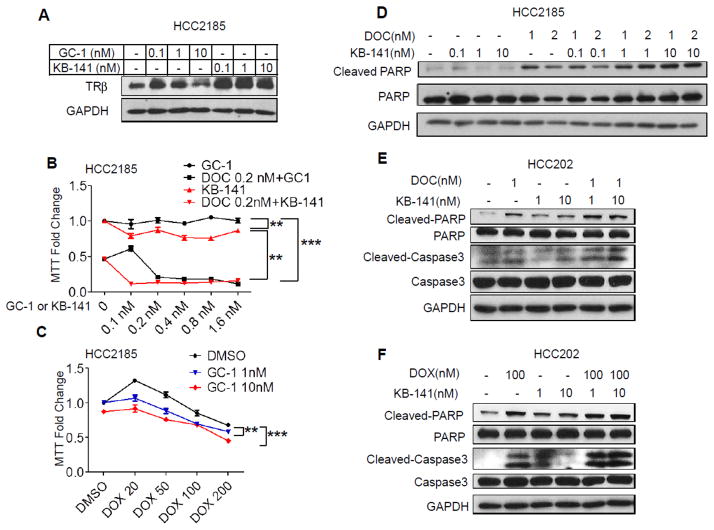Figure 4. TRβ agonists enhance sensitivity to DOC and DOX.
A. HCC2185 cells were treated with GC-1, KB-141 or vehicle for 5 days and western blot analysis performed. GAPDH was used as the loading control. B. HCC2185 cells were treated with DOC (0.2 nM) alone, or in combination with GC-1 or KB-141 (0.1, 0.2, 0.4, 0.8 or 1.6 nM) for 9 days, and then growth was assessed using MTT assays. Results are expressed as fold change ± SD relative to vehicle treated cells (** p<0.01 and *** p<0.001). C. HCC2185 cells were treated with DOX (20 nM, 50 nM, 100 nM or 200 nM) or GC-1 (1 nM or 10 nM) or in combination for 6 days, and MTT growth assay was performed to measure cell viability (** p<0.01 and *** p<0.001). D. HCC2185 cells were treated with Doc (1 or 2 nM) in combination with KB-1410.1 nM, 1 nM or 10 nM for 6 days. Western blot analysis was performed for cleaved PARP and total PARP; GAPDH was used as a loading control. E. HCC202 cells were treated with DOC, KB141 alone or in combination for 6 days, and analyzed for cleaved PARP, total PARP, cleaved caspase 3, and total caspase 3 levels; GAPDH was used as loading control. F. HCC202 cells were treated with DOX or KB-141 alone or in combination. Western blot analysis was performed to measure cleaved PARP, PARP, cleaved caspase 3 and caspase 3. GAPDH was used as loading control.

